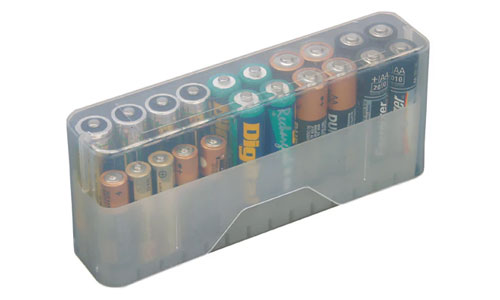Batteries power everything from smartphones to power tools, but poor care can shorten their lifespan. Following simple battery care habits can help you get the most out of your devices, save money, and reduce waste. This guide covers charging, storing, and maintaining batteries for optimal performance.
General Battery Maintenance Tips
- Avoid extreme temperatures – Heat accelerates battery degradation, while cold can temporarily reduce performance. Keep batteries in a cool, dry place between 15°C and 25°C.
- Store batteries properly. Keep them away from metal objects to prevent short circuits. For loose batteries, use the original packaging or a plastic case.
- Prevent physical damage – Drops, punctures, or crushing can cause batteries to leak or swell. Handle with care, especially lithium-ion batteries.
- Keep battery contacts clean. Dust and corrosion can affect performance. If needed, wipe battery terminals with a dry cloth.
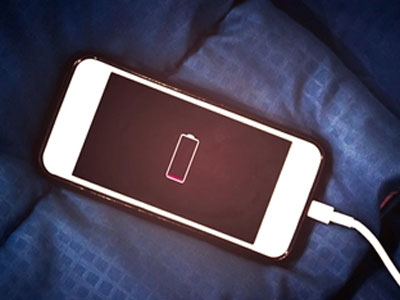
Charging Best Practices
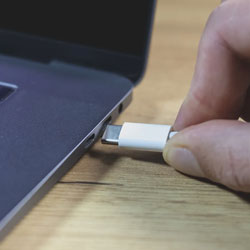
What to Avoid
- Overcharging – Most modern devices stop charging when they are fully charged, but keeping them plugged in overnight can generate heat, which speeds up wear.
- Complete draining – Frequent deep discharges shorten their lifespan, especially for lithium-ion batteries. Charge them before reaching 20% when possible.
Best Practices
- Use the correct charger – Mismatched chargers can lead to slow charging, overheating, or damage. Always use the charger recommended by the manufacturer.
- Consider slow charging over fast charging – While fast charging is convenient, it generates more heat, which can wear down a battery over time. Use regular charging when possible for longevity.
Storing Batteries Correctly
Rechargeable Batteries
If they are not used for a long period, store them at around 50% charge in a cool, dry place. Fully charged or fully drained batteries degrade faster in storage.
Disposable Batteries
Keep them in a dry, room-temperature location. Storing them in a fridge or freezer will not extend their life and could cause condensation damage.
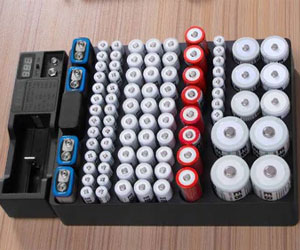
Signs of Battery Damage & When to Replace
Warning Signs
- Swelling or bulging – A swollen battery is a safety hazard and should be replaced immediately.
- Overheating – It could fail if a battery becomes unusually hot during everyday use.
- Sudden performance drops – If a device that once lasted all day suddenly dies within hours, the battery may need replacing.
- Leaking or corrosion – This is common with old alkaline batteries. If you see white or brown residue, carefully remove and clean the affected area before inserting a new battery.
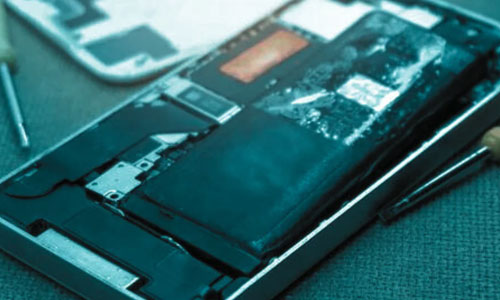
Extending Battery Life in Common Devices
Smartphones & Laptops
- Lower screen brightness and turn off unnecessary background apps to reduce battery drain.
- Enable battery-saving modes when running low on charge.
- Avoid using devices while charging, as it generates extra heat.
Rechargeable Household Batteries
- Rotate usage – Don't always drain and recharge the same batteries while others sit unused.
- Use a slow charger if possible, as it generates less heat than fast charging.
- Store in a cool place when not in use.
Electric Vehicles & Power Tools
- Avoid rapid acceleration and heavy braking in EVs to reduce battery strain.
- For power tools, avoid storing batteries in hot garages or leaving them in direct sunlight.
- Keep batteries partially charged when storing long-term to prevent capacity loss.
Battery Care Makes a Difference
By following these simple battery care habits, you can extend the lifespan of your devices, improve performance, and reduce unnecessary replacements.

